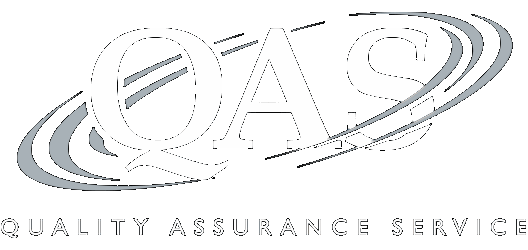Maximizing Qualified Retirement Contributions for Business Owners: Defined Contribution and Defined Benefit Plans
Recording of a 110-minute CPE webinar with Q&A
This course will discuss retirement plan options for owners of limited liability companies, partnerships, C corporations, S corporations, sole proprietors, and other businesses. Our panel of qualified plan experts will reveal strategies to substantially increase owner contributions, minimize staff contributions, and create greater flexibility.
Outline
- Tax advantages of qualified retirement plans
- Other benefits of qualified retirement plans
- Defined contribution plans
- Defined benefit, including cash balance and prior service, plans
- IRS limits
- Impact of SECURE 2.0 on retirement plans
- Case studies
- Legislative and regulatory updates
Benefits
The panel will cover these and other critical issues:
- Coordinating the various IRS limits on deferrals, contributions, benefits, and compensation
- Using new comparability (cross-tested) plans to maximize contributions for relatively older, higher-paid owners
- The benefits of qualified retirement plans over SEPs
- Choosing between a traditional defined benefit plan and a cash balance plan
- IRS Cycle 3 mandatory restatement of defined benefit and cash balance plans
- Case studies of retirement plan structures
- Highlighting the best qualified retirement plan design for various businesses and industries
Faculty

William Miller
Chief Actuary
Danziger & Markhoff LLP
Mr. Miller is the Chief Enrolled Actuary and Technical Director of the Pension Administration Department of Danziger... | Read More
Mr. Miller is the Chief Enrolled Actuary and Technical Director of the Pension Administration Department of Danziger & Markhoff LLP. He counsels individuals, professional corporations and business owners in connection with the design and operations of their retirement plans. Mr. Miller works closely with the firm's pension law attorneys to maximize the tax and financial benefits of retirement plans.
Close
Andrew E. Roth
Partner
Danziger & Markhoff LLP
Mr. Roth is a partner of Danziger & Markhoff LLP with over 35 years of experience as an ERISA attorney. He is a... | Read More
Mr. Roth is a partner of Danziger & Markhoff LLP with over 35 years of experience as an ERISA attorney. He is a frequent lecturer in the areas of pension, profit-sharing and employee benefits law. Mr. Roth has substantial experience in designing and implementing qualified plans for business owners that maximize deductible contributions on their behalf. His services include designing, drafting and obtaining IRS qualification for a broad range of defined contribution and defined benefit plans, as well as ensuring their continued compliance with applicable law. Mr. Roth also has substantial experience in connection with prohibited transactions and fiduciary matters.
Close
